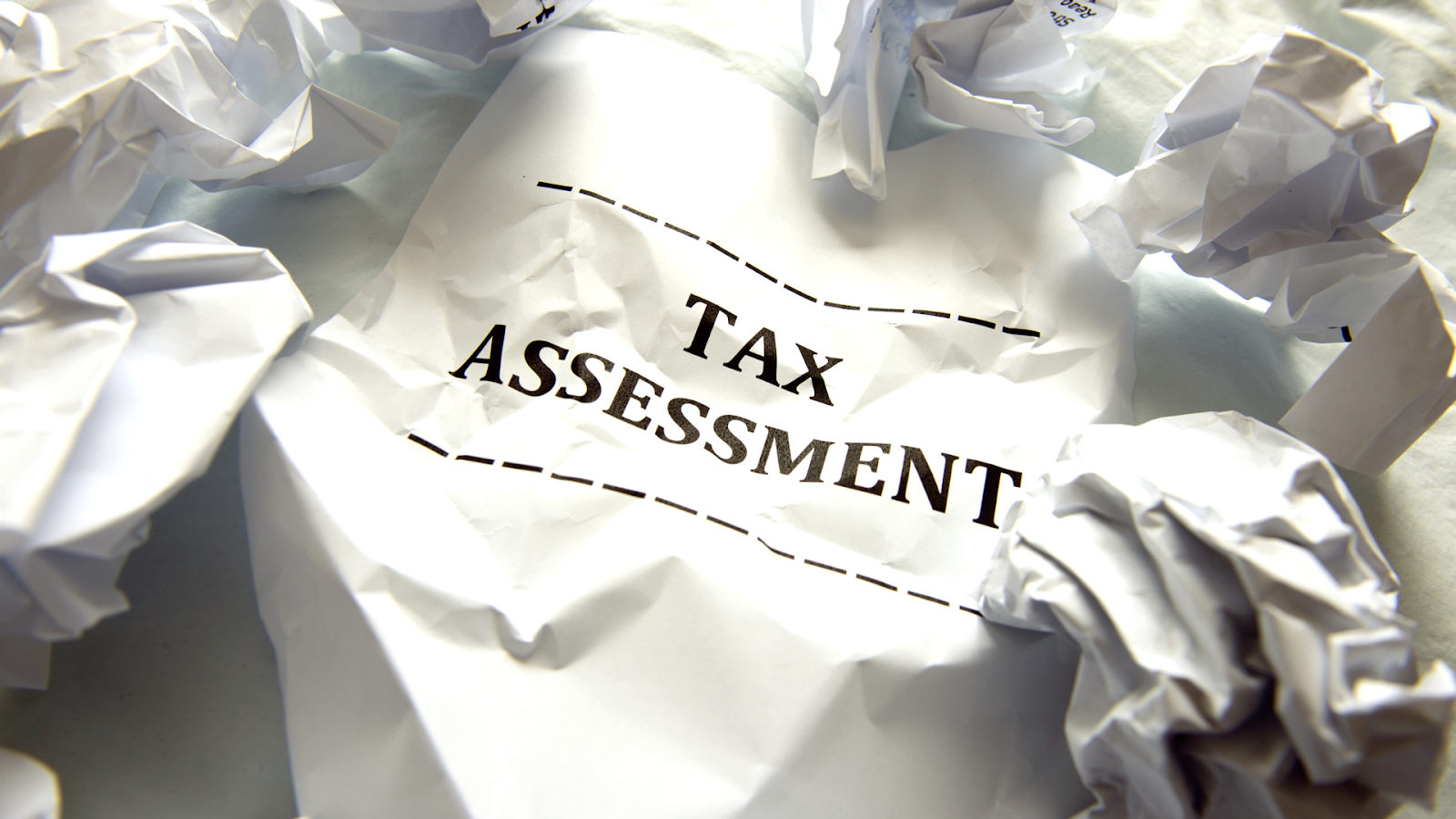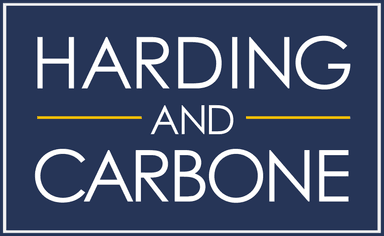
Property Tax Assessment 101: Understanding How Your Home Is Valued
October 3, 2025
Key Takeaways:
- Deadlines: Homeowners typically have until May 15 or 30 days after receiving their appraisal notice to file an appeal.
- Evidence: A strong appeal includes clear documentation such as comparable sales, repair estimates, and property records.
- Professional Help: Property tax experts can manage complex appeals and ensure that exemptions and valuations are applied correctly.
Understanding how your property is valued is an important part of managing your annual tax responsibilities. Every year, appraisal districts determine the taxable value of homes and commercial properties using factors such as market data, recent sales, and property condition. For many homeowners, the result can feel higher than expected, especially when the assessed value does not reflect the property’s true worth. Learning how this process works helps you identify potential inaccuracies and take the right steps to appeal when necessary.
For over fifty years, Harding & Carbone has been a leading name in property tax representation across Texas. Our team has assisted thousands of homeowners, investors, and business owners in achieving fair and accurate property valuations. With decades of experience, we bring trusted insight and practical solutions to every stage of the property tax appeal process.
Key Deadlines For Texas Property Tax Appeals
Understanding how Texas handles property tax appeals is essential for anyone who wants to contest their home’s assessed value. The process operates on a tight schedule, and even small delays can close the door on your opportunity to make a case. Here’s a clear breakdown of each key stage you need to keep in mind:
Notice Of Appraised Value
Each spring, county appraisal districts mail out a Notice of Appraised Value, typically in April or early May. This notice details how much your property has been valued at for the upcoming year and signals the official start of the protest window. Once received, you should review it immediately and start gathering your supporting evidence, as every day counts toward your filing deadline.

Protest Filing Deadline
Most homeowners must submit their property tax appeal by May 15 or within 30 days of receiving their notice, whichever is later. This deadline is firm across Texas counties, and missing it usually means waiting until the following year to challenge your valuation. Filing on time not only preserves your right to protest but also gives you more time to organize your documentation and prepare your appeal materials.
Harding & Carbone has decades of experience helping Texas property owners meet critical protest deadlines and reduce overvalued assessments. Learn more about how our property tax appeal services can guide you through the process efficiently and effectively.
Appraisal Review Board Hearings
Once your protest is filed, the county will schedule a hearing before the Appraisal Review Board, or ARB. These hearings are usually held between late spring and early summer, providing a formal opportunity to present your evidence and argue your case. Being organized and fact-focused during this stage gives your appeal a much stronger chance of success.
Late Protests And Supplemental Appraisal Rolls
Certain exceptions allow for late protests, but these situations are rare. Examples include delayed notices or appraisal errors that significantly impact the property’s assessed value. Additionally, changes like storm damage or misreported property features may qualify for corrections under the supplemental appraisal roll, but they require immediate attention once discovered.
Writing A Concise Facts-First Appeal Letter
A well-written appeal letter is one of the most important parts of your property tax protest. The goal is to present a clear, factual argument that highlights where your assessment may be inaccurate. Avoid emotional language and focus on details that can be verified through documentation, comparison, or expert evaluation:
Start With The Essential Details
Open your letter by listing your name, property address, account or parcel number, and the current assessed value you are contesting. Specify the value or percentage by which you believe the property is overvalued. This introduction provides the appraisal district with the key facts needed to identify your case and review your appeal efficiently.
State Your Purpose Clearly
Explain the reason for your protest, referencing the date you received the appraisal notice and outlining the main issue. Common reasons include overvaluation, errors in property records, or physical damage that was not considered. Keep this section direct and specific so reviewers can quickly understand the basis of your appeal.
Use Comparable Market Data
The strongest appeals rely on objective market comparisons. Identify three to five recently sold properties in your neighborhood that closely match your own in size, age, and features. Highlight how their sale prices differ from your assessment and make simple adjustments to reflect property differences, such as smaller square footage or older roofing.
Reference Supporting Evidence
Every claim in your letter should be backed by proof. Attach documents such as appraisal notices, photographs, repair estimates, or market data that support your argument. Refer to these attachments clearly in your letter so reviewers can follow your reasoning step by step.
Conclude With A Clear Summary
End your appeal by summarizing the key points of your argument and restating your proposed market value. For example, you might write: “Based on comparable sales and property condition, the market value should be adjusted to $X.” This closing reinforces your position and guides the reviewer toward your requested correction.
Structuring Your Evidence Packet For The Appraisal Review Board
Once your appeal letter is submitted, your supporting documents become the foundation of your case. The way you organize and present these materials can make a major difference in how clearly your argument is understood. The Appraisal Review Board (ARB) values evidence that is easy to follow, well-labeled, and directly tied to your claims:
Gather And Compare Recent Sales
Start by collecting recent sales of properties that closely resemble your own. Choose three to five homes or buildings within your neighborhood or school district that share similar characteristics such as square footage, age, and lot size. Adjust the sales data when necessary to account for unique property traits like upgraded kitchens, larger yards, or older roofing. This helps demonstrate a more accurate market value for your home.
Document Your Property’s Condition
Photographs and repair estimates can add strong support to your argument. Take clear, well-lit photos of any damage, outdated features, or maintenance concerns that might affect your property’s value. Pair these visuals with written repair estimates or contractor statements to show how these conditions lower the market value compared to similar, well-maintained homes.

Check For Errors In County Records
Mistakes in the county’s property records are more common than most homeowners realize. Review your appraisal district’s data for inaccuracies such as the wrong square footage, number of bedrooms, or construction type. When you find errors, print the page, underline the incorrect details, and attach notes or supporting documents that clarify the correct information.
Organize Everything Clearly
Your evidence should be grouped logically and presented in a way that allows ARB members to find what they need quickly. Start with a cover sheet listing all attached documents, then group them by category such as comparable sales, property condition, and record corrections. Number each page for easy reference during your hearing, ensuring that every piece of evidence connects directly to your appeal argument.
Leveraging Exemptions To Strengthen Your Argument
Exemptions can significantly reduce your taxable value and strengthen your appeal for a fairer assessment. Many property owners qualify for valuable deductions but overlook them when preparing their case. Identifying and applying these exemptions correctly can make your appeal both more accurate and more persuasive:
Understand Common Texas Property Tax Exemptions
The most common exemptions in Texas include the Homestead Exemption, the Over-65 Exemption, and exemptions for veterans or disabled individuals. Each lowers a portion of your property’s taxable value, often leading to a noticeable reduction in your overall bill. For example, a $300,000 home with a $40,000 Homestead Exemption will be taxed as though it is worth $260,000.
Show Your Eligibility In Your Appeal
When writing your appeal letter, clearly state which exemptions you qualify for and explain how they affect your taxable value. If the appraisal district missed an exemption, include the proper deduction amount in your appeal and show the calculation that reflects your corrected value. This not only demonstrates eligibility but also provides the board with the math behind your proposed adjustment.
Include Proof Of Exemptions
Attach supporting documents that verify your exemptions, such as approval forms, prior correspondence with the appraisal district, or copies of exemption applications. Point reviewers to these attachments within your letter so they can easily confirm your eligibility. Consistent documentation strengthens your position and minimizes the chance of oversight during review.
Harding & Carbone can help identify which ones you qualify for and ensure they are properly reflected in your appeal. Contact our property tax experts to make sure you are receiving the full benefit of every exemption available to you.
When To Bring In Professional Help For Your Property Tax Protest
While many property owners begin their appeal on their own, there are times when professional representation can make a significant difference. Complex valuations, unusual properties, and technical errors often require more specialized expertise. Knowing when to seek professional help can save time, stress, and potentially a considerable amount of money:
When Your Property Is Unique
If your property stands out from others in your area, such as a historic home or a custom-built commercial space, finding suitable comparable sales can be difficult. Unique architecture, special materials, or rare features often lead to assessments that do not match market realities. Professionals have access to advanced data and valuation techniques that can create fairer comparisons and present them in a format that the appraisal district recognizes.
When the Evidence Is Complex
Collecting data is only part of the process. Each comparable sale must be adjusted for factors such as lot size, square footage, and location influences. A professional property tax consultant understands how to calculate these adjustments accurately and organize the evidence into a clear presentation. This expertise helps ensure that the Appraisal Review Board sees the full and accurate picture of your property’s value.
When Legal Or Technical Issues Arise
Some protests involve more than just market value disagreements. You may face questions about exemption qualifications, property classification, or errors in improvement listings. In these cases, professional guidance is essential to interpret state property tax laws and respond properly to appraisal district inquiries.

Final Thoughts
Challenging a property tax assessment can seem complex, but with the right preparation and documentation, it becomes a straightforward process. By understanding key deadlines, gathering accurate evidence, and focusing on factual details, homeowners can make a strong case for a fair adjustment. The goal is not just to dispute an assessment but to ensure that your property is valued accurately and fairly according to current market conditions.
Harding & Carbone has helped Texas property owners navigate every step of the appeal process, from filing deadlines to hearings before the Appraisal Review Board. Our team combines local expertise and decades of experience to simplify what can often feel like a complicated system. Learn how Harding & Carbone can help you pursue a fair valuation and reduce your property tax burden with a well-prepared, evidence-based appeal.
Read Also:
- Business Personal Property Tax Appeal Houston
- Multifamily Property Tax Appeal Houston
- Retail Property Tax Appeal Houston
Frequently Asked Questions About Property Tax Assessments And Appeal Letters
What factors determine the appraised value of my property?
Appraised values are based on market trends, recent sales of similar homes, location, property condition, and any improvements made. Appraisal districts use this data to estimate what your property would sell for on the open market.
Can I appeal my property taxes every year?
Yes, you can file an appeal annually if you believe your assessed value is inaccurate. Each year’s appraisal is independent, so you have the right to challenge it whenever new information or changes in property condition occur.
Does appealing my property taxes affect future assessments?
Filing an appeal does not negatively affect future assessments. Appraisal districts must re-evaluate properties based on current market data, not past protests, so your prior appeal will not influence future valuations.
How long does the property tax appeal process take?
Most appeals are resolved within a few months, typically between May and August. However, more complex cases or those requiring formal hearings may take longer, depending on the county’s schedule.
What happens if I miss the protest deadline?
If you miss the filing deadline, you generally must wait until the next year to appeal. In some limited cases involving errors or late notices, you may still qualify for a correction, but it must be addressed immediately.
Can I appeal commercial property taxes the same way as residential?
Yes, the process is similar, though commercial appeals often involve more detailed valuation reports and income analysis. Professional representation is highly recommended for commercial property owners.
What kind of evidence carries the most weight during an appeal?
Comparable property sales and accurate repair estimates are among the strongest forms of evidence. Appraisal districts give significant consideration to objective, well-documented data that supports your claim.
Can improvements or renovations increase my property tax value?
Yes, any upgrades that enhance your property’s market value, such as kitchen remodels or room additions, can increase your taxable value. It is important to ensure these changes are reflected accurately and fairly.
What if my home’s condition worsens after the appraisal?
If your property experiences damage after the appraisal date, such as from a storm or flood, you may qualify for an adjustment under the disaster or supplemental appraisal provisions. File promptly to report the change.
Why should I hire a professional for my appeal instead of doing it myself?
A professional can analyze complex data, identify valuation errors, and present your case in the most effective format. Their experience helps ensure your evidence meets all requirements for a fair review and possible reduction.
